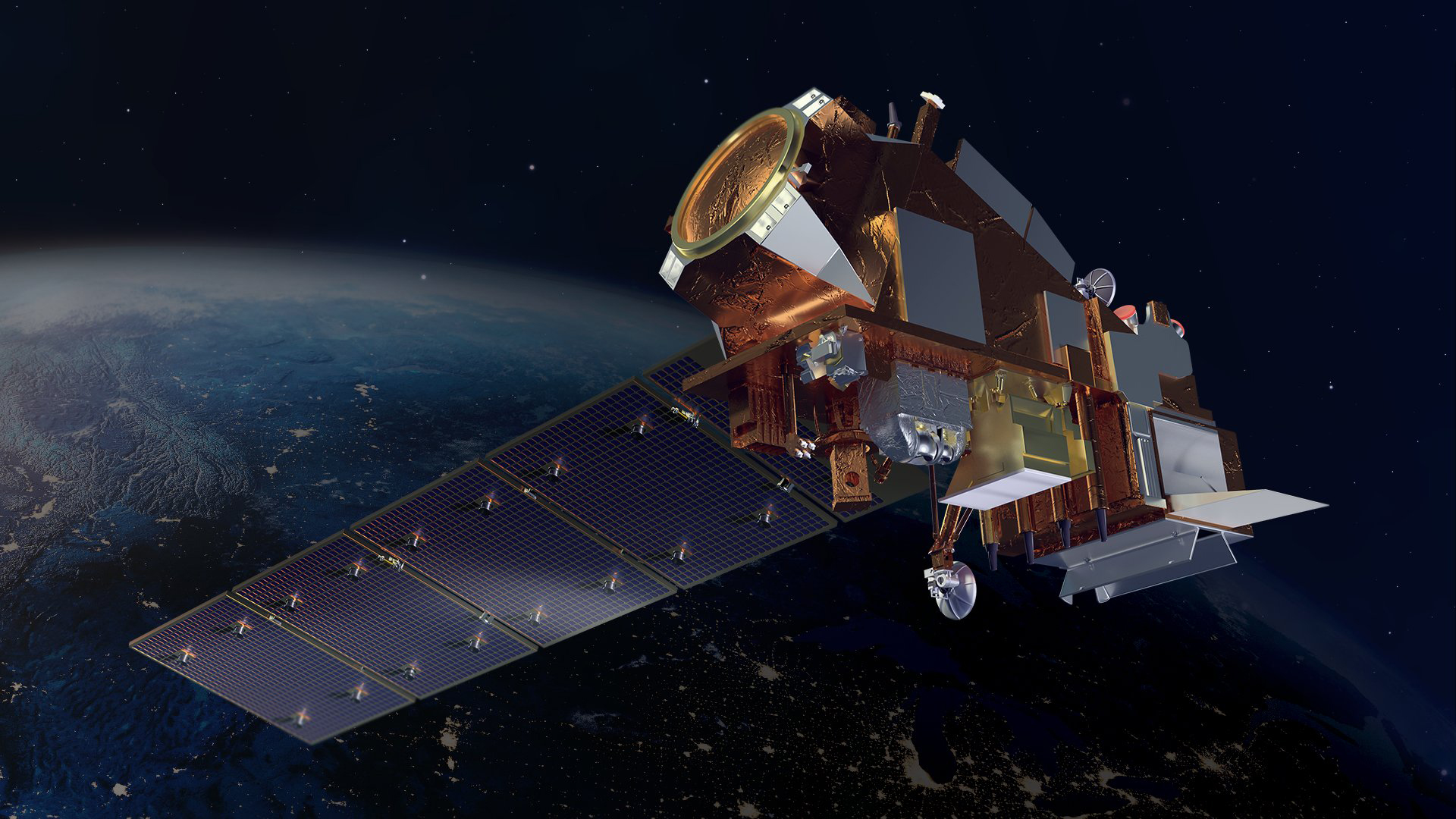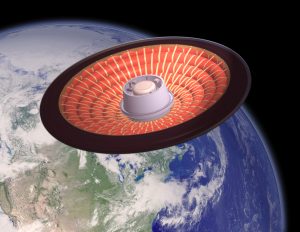
Editor’s note: The science and technology briefing scheduled to air on NASA TV at 4 p.m. EDT (1 p.m. PDT) today, Oct. 29, is delayed. For more information, read this blog post.
Officials from NASA and the National Oceanic and Atmospheric Administration (NOAA) will discuss the launch of the Joint Polar Satellite System-2 (JPSS-2) satellite and NASA’s Low-Earth Orbit Flight Test of an Inflatable Decelerator (LOFTID) technology demonstration during a science briefing that will air live on NASA TV, the NASA app, and the agency’s website at 4 p.m. EDT (1 p.m. PDT) Saturday, Oct. 29.
The JPSS-2 & LOFTID launch is targeted to lift off Tuesday, Nov. 1, from Space Launch Complex-3 at Vandenberg Space Force Base in California, with launch scheduled at 2:25 a.m. PDT.
JPSS-2 is the third satellite in the Joint Polar Satellite System series and is designed to scan the Earth as it orbits from the North to the South Pole, crossing the equator 14 times a day to provide full global coverage twice a day. Operating from about 512 miles above Earth, JPSS-2 is expected to capture data to improve weather forecasts, helping scientists predict and prepare for extreme weather events and climate change.

NASA’s LOFTID is riding as a secondary payload aboard the Atlas V. LOFTID is a demonstration of a cross-cutting inflatable aeroshell, or heat shield, for atmospheric re-entry. The mission is dedicated to the memory of Bernard Kutter, a manager of advanced programs at United Launch Alliance (ULA) who championed lower-cost access to space and technologies to make that a reality. The technology demonstrated by LOFTID could be used for crewed and large robotic missions to Mars.
Once JPSS-2 reaches orbit, LOFTID will be put on a re-entry trajectory from low-Earth orbit to demonstrate the heat shield’s ability to slow down and survive re-entry. The project is sponsored by the Technology Demonstration Missions program within NASA’s Space Technology Mission Directorate in partnership with ULA.
Briefing participants, in speaking order, are:
- Jordan Gerth, meteorologist and satellite scientist, NOAA’s National Weather Service
- Jim Gleason, senior project scientist, NASA JPSS, NASA
- Satya Kalluri, program scientist, NOAA JPSS Program
- Heather Kilcoyne, ground project manager, NOAA JPSS
- Joe Del Corso, LOFTID project manager, NASA’s Langley Research Center in Hampton, Virginia
Together, NOAA and NASA partner in the development, launch, testing, and operation of all satellites in the JPSS series. NASA develops and builds the instruments, spacecraft, and ground system, in addition to launching the satellites on behalf of NOAA, which operates the satellites.
NASA’s Launch Services Program, based at the agency’s Kennedy Space Center in Florida, is responsible for managing the launch service. LOFTID is managed by the agency’s Langley Research Center in Hampton, Virginia, with contributions from various NASA centers: Ames Research Center in Silicon Valley, California; Marshall Space Flight Center in Huntsville, Alabama; and Armstrong Flight Research Center in Edwards, California.
For more information about JPSS-2, visit:
https://www.nesdis.noaa.gov/next-generation/jpss-2-launch.
Learn more about NASA’s Launch Services Program at:
https://www.nasa.gov/centers/kennedy/launchingrockets/index.html.
Stay connected with the mission on social media, and let people know you’re following it on Twitter, Facebook, and Instagram using the hashtags #JPSS2 and #LOFTID and tag these accounts:
Twitter: @NASA, @NOAA, @NOAASatellites, @JPSSProgram, @NASA_LSP, @NASAKennedy, @NASAEarth, @NASAGoddard, @NASALangley, @NASA_Technology, @ULALaunch
Facebook: NASA, NOAA Satellites, NASA LSP, NASA Kennedy, NASA Earth, NASA_Langley, NASA Technology
Instagram: NASA, NASA Kennedy, NOAA Satellites, NASAEarth, NASA_Langley
